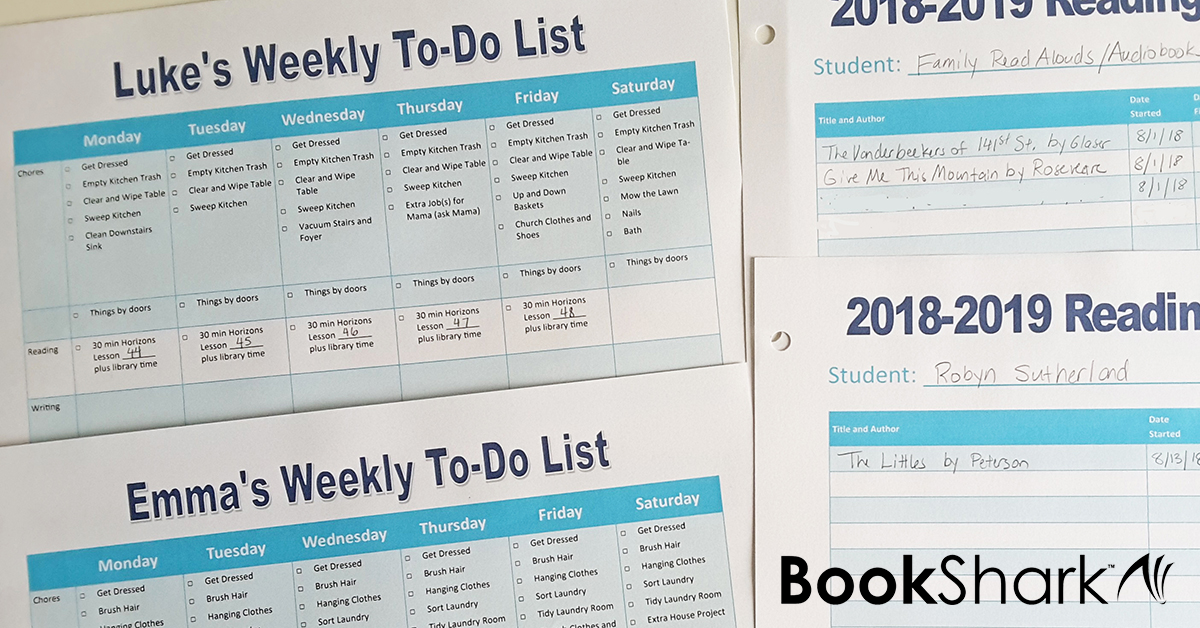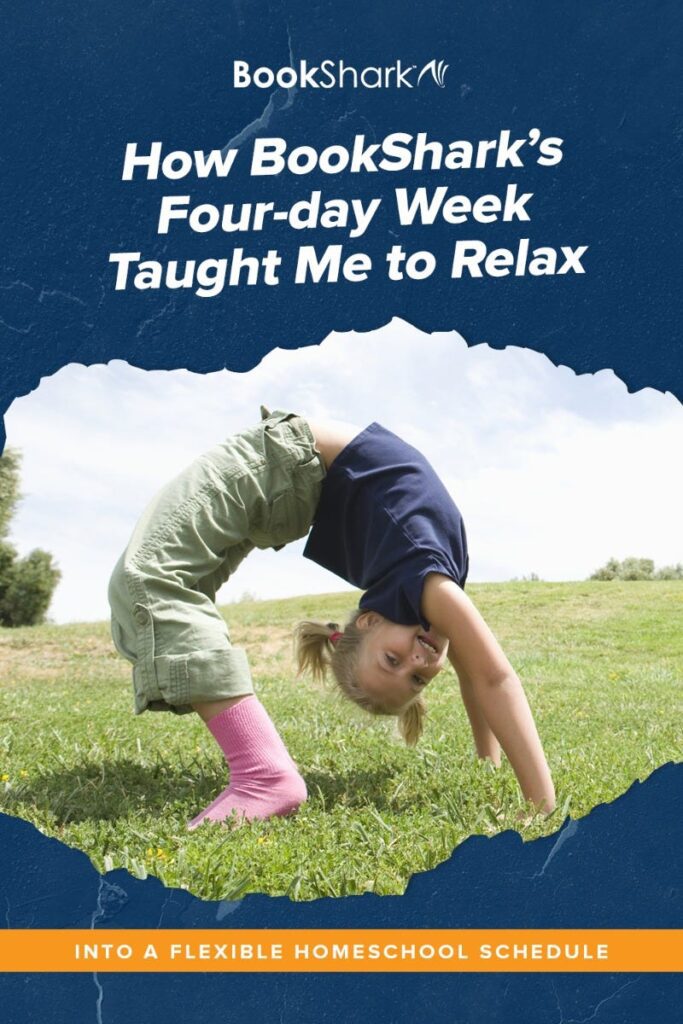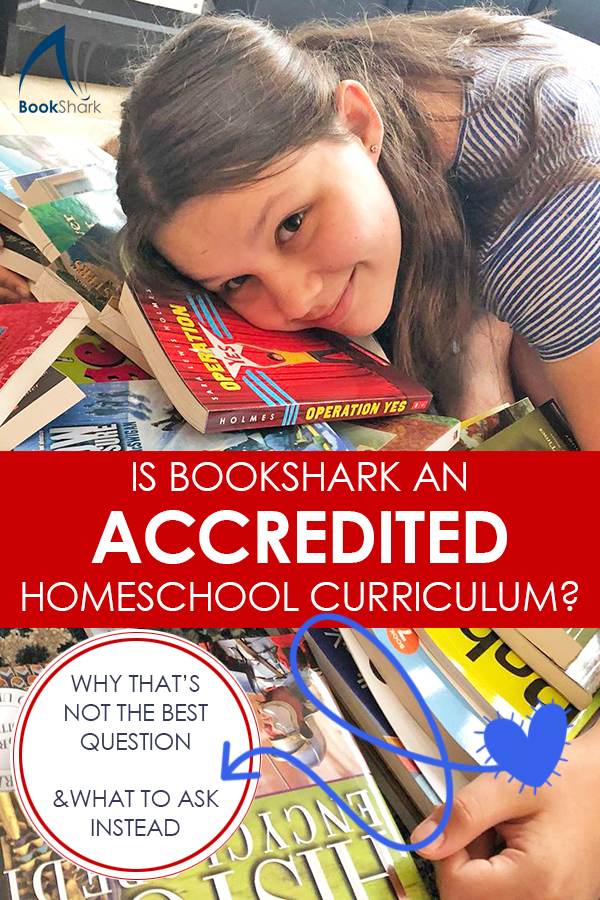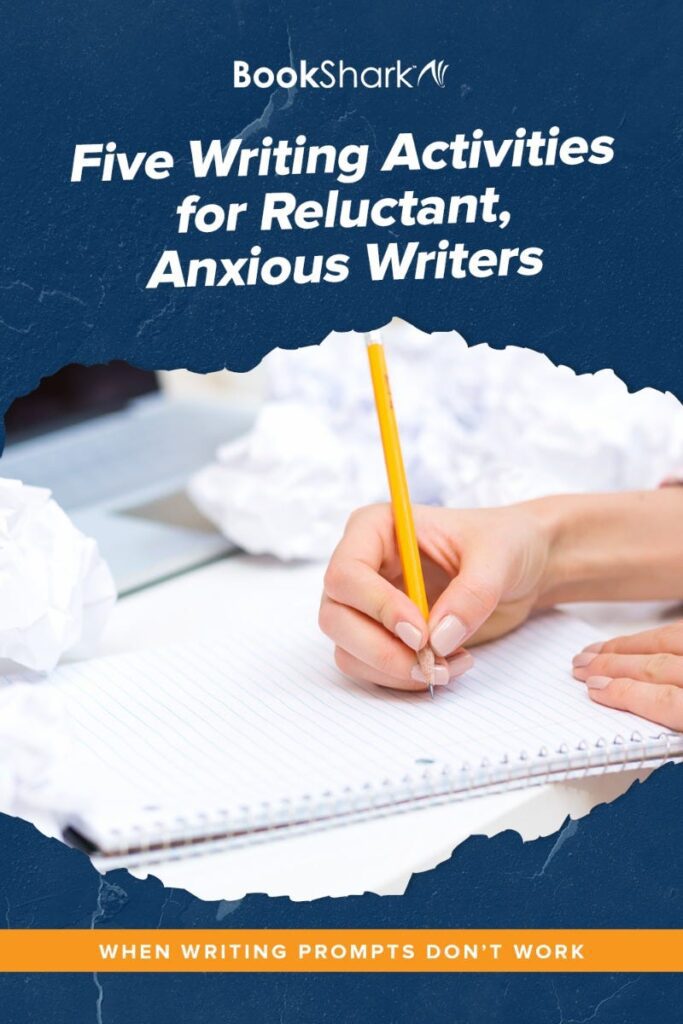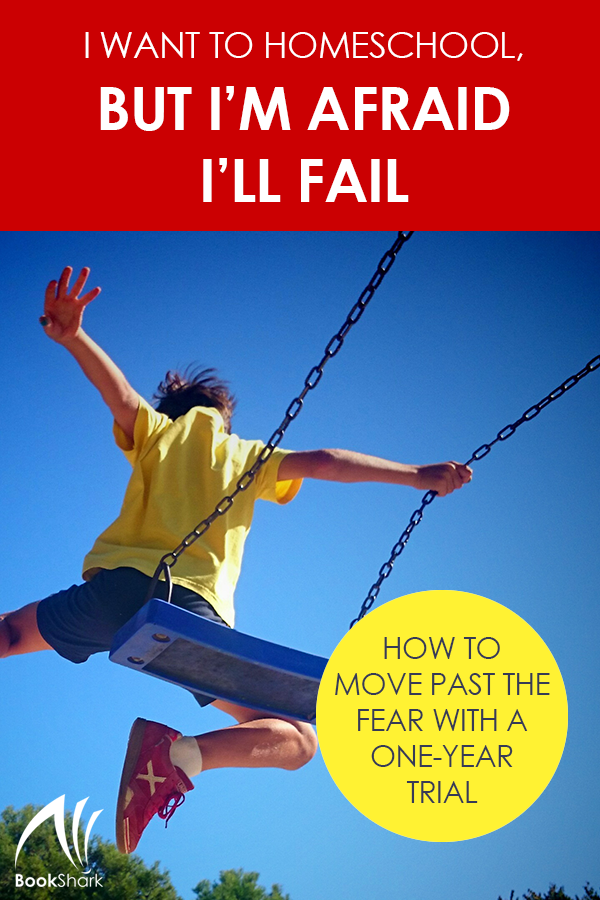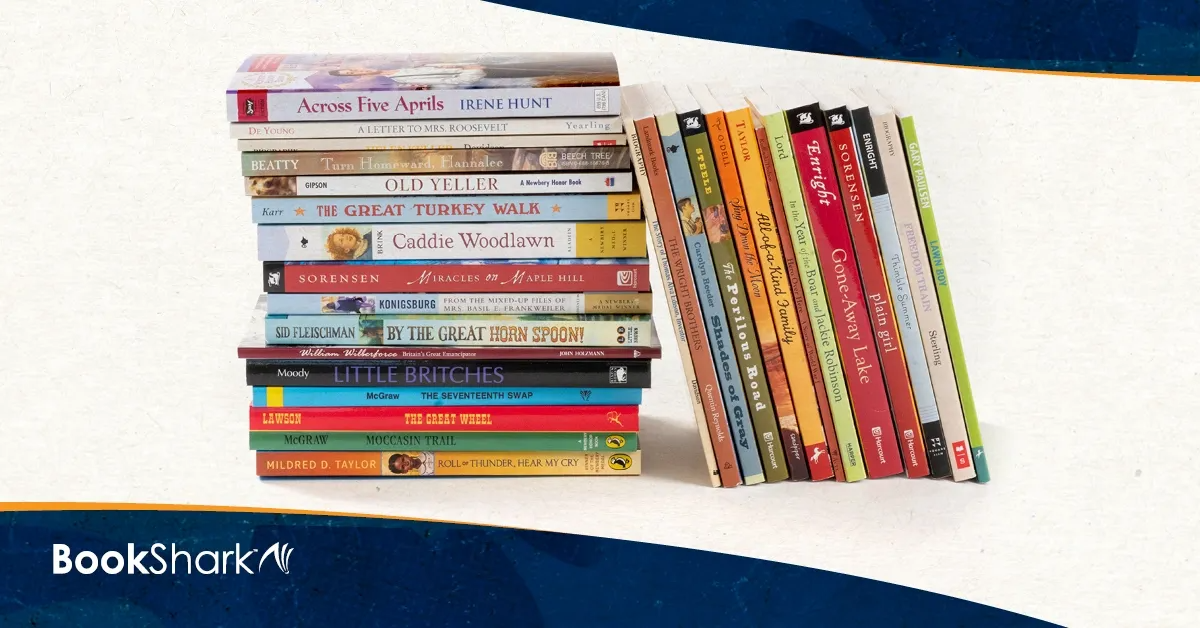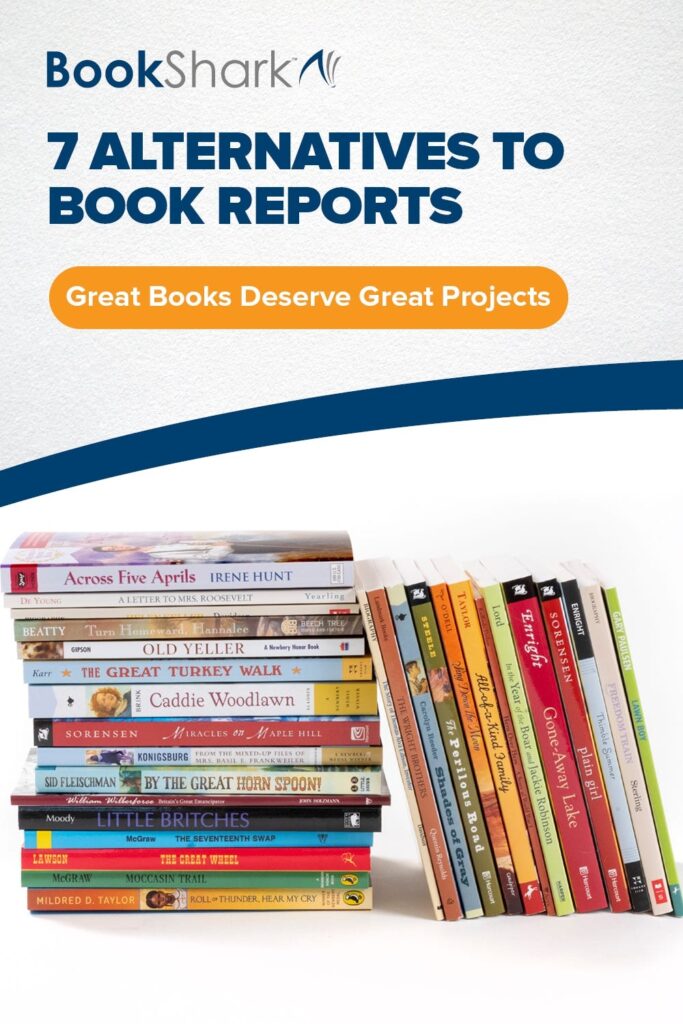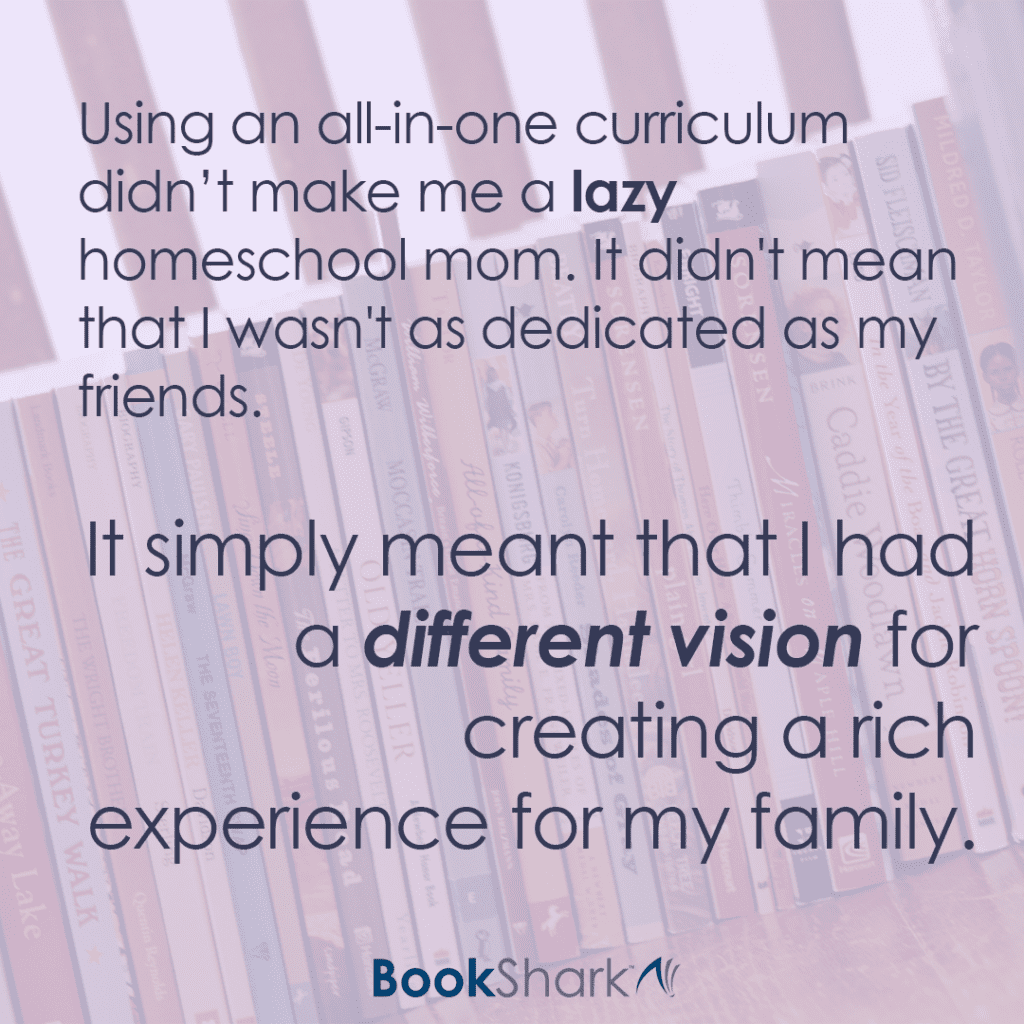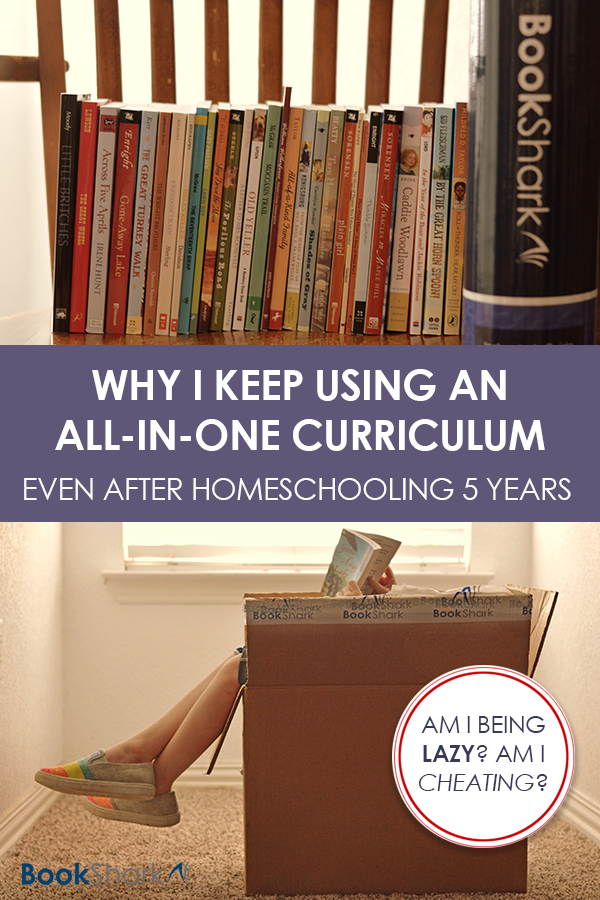I admit it: I’m a pretty techie girl. If there’s an app for something I do regularly, I’m on it. However, even after trying numerous approaches to I decided it wasn’t for me.
For one thing, it created extra work when the kids had trouble accessing or viewing the online checklists I created for them. Plus, I have to admit, it wasn’t super helpful for me to be tied to my laptop or tablet all day. I needed to be able to step away from the tech to focus on homeschooling.
I know some moms love writing out daily checklists on post-it notes or in a spiral notebook. More power to ‘em. But as a tech-happy person, it really bothered me to repetitively complete work that can be automated.
Enter the checklist templates.
Make Your Homeschool Checklist Template
Even if you prefer to use paper planners or checklists for your children’s chore and homeschool assignments, that doesn’t mean that you can’t automate the process a bit by creating a template for your weekly homeschool checklists.
Use any word processing program like Google Docs or Microsoft Word. Follow these steps to create your checklist:
- Put your document in landscape mode.
- Create a page for each student.
- Add a column for each day of the week you need to track, plus one additional column. (I used the span Monday through Saturday because I wanted to include some Saturday chores.)
- Add enough rows for the different subjects/categories you want to include, plus one extra row.
- Leave the top left box empty and then fill in the remaining top row cells with the days of the week.
- Fill in the cells in the left-hand column with the categories/subjects such as history, chores, math, science, language arts.
- In each cell, fill in as many details as you can, but only the things that do not change from week to week. For example, instead of typing in actual math assignments or reading pages, type Math-U-See, Lesson ___ . Or Read __________ p. __ – ___.
- If you want to have a box to tick, add each item as a part of a square bullet-point list.
Fill in Your Weekly Homeschool Checklists
Each weekend when you do your planning for the week, print out one (only one!) weekly checklist per student. Then go through and fill in the details. Add the pages or lessons to be completed each day for each subject.
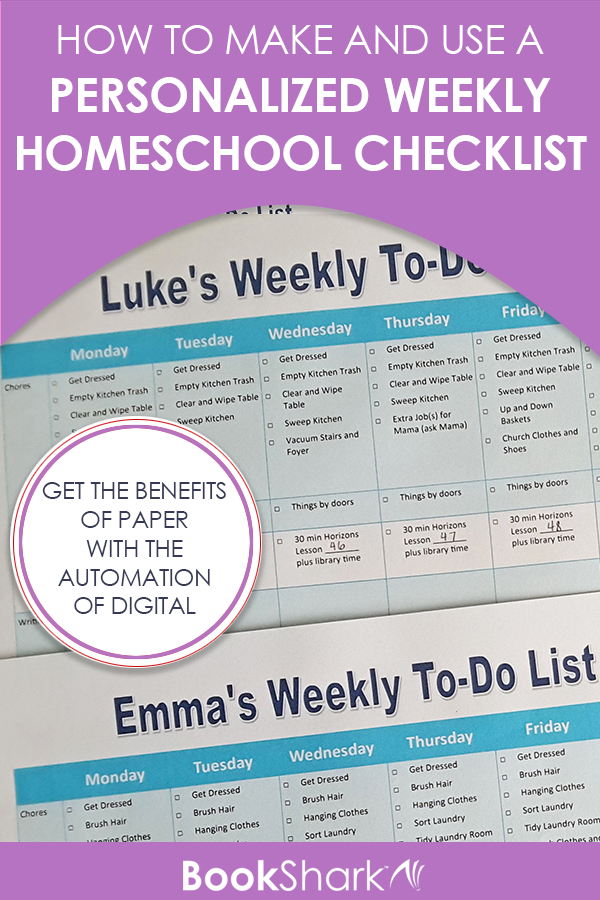
If you want, add extra notes below each column about specific events such as Poetry Teatime or Ryan’s birthday.
Once you’ve added the week-specific details to each checklist, photocopy it. You keep the original and give your child the copy.
The checklist can help students have reasonable expectations for the week. Then each day, the checklist will remind students of what they need to complete. Mom keeps the master copies in a binder or folder so that she can check off school work that is done, corrected, and mom-approved!
Apply It to Long-Term Homeschool Planning
The printable checklist system also helps to create a framework for long-term homeschool planning. You don’t really need to know the date you will give each particular assignment for the entire year. You just need a list of future assignments to pull from.
Have you ever seen those caddies that go into a cabinet or refrigerator to hold and dispense canned goods or soft drinks? You load new items into the top and they roll down to the front. Grab the first available item and a new one rolls into its place, ready to go. You can work your homeschool planning in the same way. Instead of putting assignments on a calendar, just write them in a list. For example, you could list the chapters or page sections in a reading book in one-day chunks. Or make a list of math lessons interspersed with quizzes and tests at the appropriate places.
If you use a curriculum like BookShark, a great deal of this work is already done for you. All you have to do each weekend is to pull the next five assignments and customize the checklist accordingly.
If a student gets further ahead in one subject than another, or two siblings are going through the same material at different speeds, no big deal. Each person’s weekly checklist can still represent the next five assignments in each subject.
This is another great reason to write up only one week at a time. If your child only completes, say, four math assignments instead of five, no big deal. Next weekend, you can write that fifth assignment down for Monday and go from there! There’s no need to do a lot of erasing and rewriting.
Apply It to Homeschool Record Keeping
If you need to keep lesson plans or records of attendance, simple archive your weekly checklist master copies. If not, toss out those old sheets and start each new week fresh!
This printable template system has reduced the amount of repetitive writing I was doing each week. I love it! Use or adapt this idea as you wish to fit the needs of your home and homeschool!

About the Author
Lynna is a former homeschooler, then classroom teacher, now homeschool mom of eight crazy (and lovable) hooligans from middle school down to bouncing baby.
She calls her blog Homeschooling without Training Wheels because she loves to encourage families to embrace the freedom and flexibility that come with homeschooling and let go of the things that are holding them back! You can read more in her free eBook 5 Myths that are Killing Your Multi-Age Homeschool
